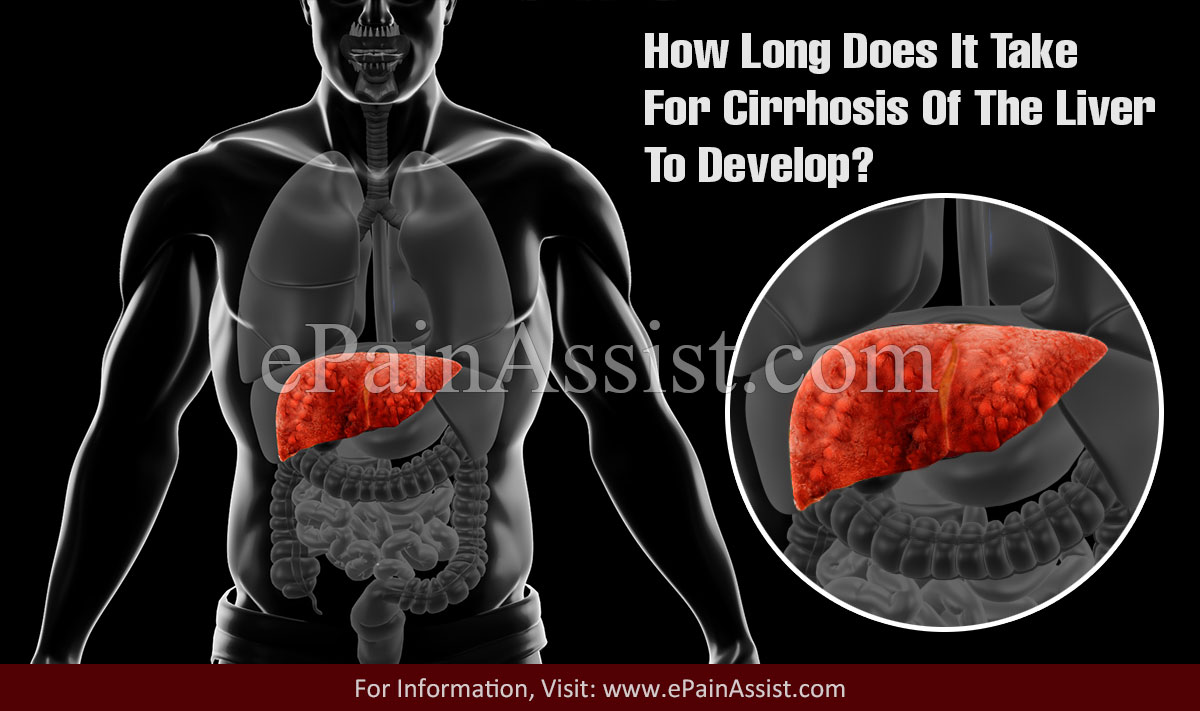Liver cirrhosis is a chronic progression of fibrosis (scarring) of healthy liver tissue leading to functional deterioration of liver. Liver is supposed to have over 500 functions including protein synthesis, destruction of old RBCs, detoxification and metabolism of chemicals and drugs along with hormone regulation and digestion of fats assisted by the production of bile, to name a few. Liver cirrhosis is caused by chronic liver damage caused by various conditions or diseases.
Symptoms and Causes of Liver Cirrhosis
Generally, cirrhosis in the initial stages is without any signs or symptoms until and unless it has progressed into severe liver damage. The signs and symptoms when present include weakness, lethargy, easy bruising and bleeding, pruritus, jaundice, ascites, nausea, vomiting, weight loss, loss of appetite, swelling of legs, enlarged veins in the esophagus and upper abdomen, confusion, excessive sleepiness/drowsiness and coma.
There are various causes of liver cirrhosis, but the most common causes include chronic alcoholism, chronic viral disease (hepatitis B and C, HIV) and/or fatty liver. Other causes of liver cirrhosis may include hemochromatosis, Wilson’s disease, cystic fibrosis, biliary atresia, glycogen storage disease, Alagille syndrome, autoimmune hepatitis, primary biliary cirrhosis, infection (schistosomiasis), primary sclerosing cholangitis and/or medications such as methotrexate.
Complications of Cirrhosis
The most common cause of liver cirrhosis are chronic alcoholism and chronic viral diseases, so it is best to stay healthy by eating hygienic/healthy food, immunizations and moderation of alcohol. Liver cirrhosis can have drastic effect on blood flow through the body and can lead to portal hypertension along with functional deterioration. It can lead to swelling in the abdomen and legs causing edema of legs and ascites, splenomegaly and easy bleeding. Other complications may include infections in the body, increased chances of liver cancer, malnutrition, bone disease, hepatic encephalopathy, diabetes, and acute on chronic liver failure. The inability of diseased liver to metabolize various medications may lead to toxicity.

How Long Does It Take For Cirrhosis Of The Liver To Develop?
Liver cirrhosis is one of the leading causes of death in the US and chronic hepatitis C infection and chronic alcoholism are the two main leading cause of cirrhosis. Initially, both individuals suffering from hepatitis C infection and chronic alcoholism are not aware of liver damage as they are asymptomatic in the early stages. Cirrhosis is a slow progressing disease and usually takes years to develop. The development of cirrhosis differs from person to person and depends on various factors such as genetics, individual metabolism, food habits, other health conditions and cause of the disease. 20-30% patients with chronic hepatitis C infection develop cirrhosis, whereas 10-20% patients with chronic alcoholism develop cirrhosis. It may take 10-30 years for cirrhosis to develop.
Diagnosis and Treatment
The diagnosis of cirrhosis is typically based on medical history, physical examination, clinical findings along with lab findings that will show abnormal liver function tests and other complete blood tests, imaging such as ultrasound, elastography, abdominal CT, liver/bile duct MRI, endoscopy and the most definitive test is liver biopsy.
The most definitive treatment of liver cirrhosis includes liver transplant. There is no specific treatment to cure liver injury caused by liver cirrhosis and once progressed it cannot be reversed. However, treating the underlying cause may prevent further progression of the disease avoiding liver failure and death. For e.g., alcoholic cirrhosis can be prevented from worsening by abstaining from alcohol, cirrhosis related to hepatitis can be treated by interferon if caused by viral hepatitis and corticosteroids if caused by autoimmune diseases, copper stores in Wilson’s disease is treated with penicillamine, which is a chelating agent. It can be further prevented from progression by eating a healthy and well balanced diet and avoiding foods and drinks causing liver damage.
Prevention of Cirrhosis
Liver cirrhosis can be prevented by eating a healthy diet, which is rich in fruits and vegetables, avoiding fats and maintaining a healthy weight in individuals who are overweight and obese, reducing hepatitis risk by proper precautions, immunizations, and moderation of alcohol.
Also Read:
- Cirrhosis Of Liver: Causes, Symptoms, Diagnosis, Treatment, Complications
- How Do They Test For Cirrhosis Of The Liver?
- What Are The Final Stages Of Cirrhosis Of The Liver?
- How Serious Is The Cirrhosis Of Liver?
- Can Liver Cirrhosis Go Away?
- What are the First Signs of Cirrhosis of the Liver?
- Can Blood Tests Detect Cirrhosis Of The Liver?
